America’s Cup: Looking above the water
Published on February 1st, 2023
The America’s Cup Challenger of Record INEOS Britania reviews the challenges and the opportunities now available for the 2024 competition:
The Protocol for the 37th America’s Cup didn’t bring the only rule changes for the latest edition of sport’s oldest international trophy. There was also a new set of class rules for the AC75, and a new set of Technical Regulations.
Mickey Ickert, Rig and Sails Design Lead for the British team, is in the thick of it.
Ickert has been designing fast sails since the 1980s, and counts America’s Cup wins with Team New Zealand (in 1995 and 2000) and Team USA Oracle (in 2013) on his CV. He’s also had a lot of success in ocean racing, including designing sails for ABN AMRO 2, winner of the 2005-06 Volvo Ocean Race. So what’s his overview of the new rule environment?
“I think it was a good clean up from AC36. There’s been a lot of thought gone into it, and some negotiation with Team New Zealand to make sure that the rules are clean and tidy. I think there’s some progressive stuff there, and they didn’t fundamentally change the boats, which is good. I like the fact that some of the loopholes got closed, so that was a good step forward from the AC36 Protocol.”
In AC36 an American Magic mainsail design known as the ‘batwing’ pushed hard at the rules envelope to ‘scallop’ area out of the leach between the battens.
“The mainsail is now smaller than it was before [as defined by the rule], to take into account that the bat wing’s reduction in sail area was a good thing [for performance].”
The mast tube itself is unchanged but the running backstay been removed and new rigging supplied to all competitors will improve the overall efficiency of the sail plan even further for AC37.
The most notable aspect of the AC75’s sails is probably the double-skinned mainsail, one of the major innovations when the boat was introduced and still part of the rule.
“I’ve been involved in a lot of different concepts and I was skeptical initially… I think what’s important about the double skin concept is that for a boat like this it has some real advantages,” explained Ickert.
“It’s not that it’s fundamentally that much better than a single skin with a rotating mast, but it just makes it that much more efficient, so that the mast height can be reduced. This is important because these boats are very tippy before they take off as the hydrodynamics [foils and wings] don’t provide any righting moment [until the boat is moving fast and flying].
“So for these boats, it’s just enough of a change that it makes the mast short enough that the whole concept works. So I think it’s a nice solution for these boats.”
Another of the eye-catching and game-changing AC75 rules was the opportunity to ‘endplate’, or seal the mainsail onto the deck of the hull (or platform), and this is also still part of the rule.
This provides performance gains by stopping air flowing under the bottom of the mainsail, which detrimentally reduces the pressure differential between the windward and leeward sides. It’s this pressure differential that provides the driving force from the rig, so anything that can be done to maintain it will make the boat faster.
“So, basically we’re making the sail plan more efficient by endplating it to the very bottom so that pressure can’t leak across the deck from one side to the other, maintaining that differential of pressure on both sides,” said Ickert.
“I think that last time a lot of the teams came into the Cup thinking that the double-skin sail was more like a solid wingsail. This got magnified by the fact that the three previous Cups all saw wings being used.
“A lot of the knowledge about sail behavior and performance advantages came from this wingsail era, but suddenly it changed back to membranes and soft sails and people needed to change their approach, but – apart from Team New Zealand — probably a lot of the teams were lagging behind in that switch.”
One element in the aerodynamic package that has changed is that the rule no longer allows the code zero, a big, powerful headsail that was intended to help get the AC75 foiling in lighter winds.
“The initial concept was that the code zero was a bit of a ‘safety-valve’ in case the boats were very sticky in the light [winds]. Nobody had ever seen a foiling monohull at that point, and everybody was concerned about the weight of the boats, and the drag they had in light air.
“As it turned out, the boats were more efficient than most people thought. And the other factor is that the aerodynamic drag of a big code zero is so prohibitive that it has a very, very small window where it would work.”
Ickert has no concerns that the boats will be short of sail area as a result of the loss of the code zero.
“I think there’s enough sail area still available for the boats. So, I think the challenge is always the same; optimize the sails and rig for range. How do you expand the sail range so that when the wind drops two or three knots, or the conditions change and it’s a bit more choppy, we can adapt the sail shape to it.
“That’s where the design space is, and that adaptability is, I think, where we can improve; on the adaptability of the sail shapes and the range of the rig.” If the adaptability of the rig is the biggest opportunity, then what’s the team’s greatest challenge?
“I think the biggest challenge is to make sure that the basic principles are looked after. It’s very easy in well-resourced campaigns to get distracted by details and to try to do these details very well, but to have the overall concept lacking. So, we have to make sure that the overall concept follows a solid path of how a sail and a rig behaves… and don’t forget that it’s still a sailboat and it operates in that environment.
“So make sure that these basic functions are done very, very well… the sailmakers design experience of how a sail behaves and what needs to be done to make it fast when integrated with the rig. I think it’s very important to have a focus on what you’re trying to achieve.
“If you try to copy something somebody else does and you don’t really understand the underlying principle of what they’re trying to achieve, then you’re not any better off. You need to have a path you follow and you need to work that out.
“You can be sure that people will push the boundary and we will see some wacky stuff. I think we will see people pushing the envelope around the deck, the fairings and how they are integrated with the crew. The aerodynamic drag on these boats is a big deal, so we’re going to see a little bit of the Formula 1 focus with an emphasis on drag.
“I think it’s a pretty interesting challenge for somebody like myself, simply because this is one of the few campaigns where the rig and sail aerodynamics is weighted as high as the hydro performance, and that is unusual in our world.
“Historically, the America’s Cup is all about yacht design and therefore about yacht designers and therefore about the hull shape — and the sails sort of trundle along… now we’re seeing an environment where it’s a very combined, equally weighted approach, and that comes from the F1 side to a big degree. They’re used to that, they’re talking about it every day and that’s exciting.”
Following the publication of the AC37 Protocol and AC75 Class Rule on November 17, 2021, the AC75 Class Rule and AC Technical Regulations were finalized on March 17, 2022. The entry period opened December 1, 2021 and runs until July 31, 2022, but late entries for the 37th America’s Cup may be accepted until May 31, 2023. The Defender was to announce the Match Venue on September 17, 2021 but postponed the venue reveal, confirming it would be Barcelona on March 30, 2022. The 37th America’s Cup will be held in September/October 2024.
Teams revealed to challenge defender Emirates Team New Zealand (NZL):
• INEOS Britannia (GBR)
• Alinghi Red Bull Racing (SUI)
• Luna Rossa Prada Pirelli Team (ITA)
• NYYC American Magic (USA)
• K-Challenge Racing (FRA)
Noticeboard: https://ac37noticeboard.acofficials.org/
Additional details: www.americascup.com/en/home




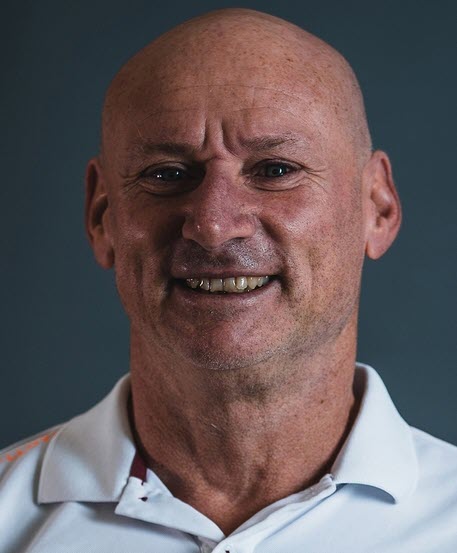

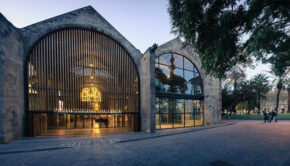
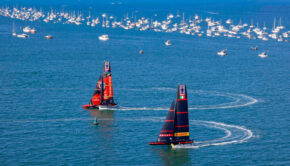
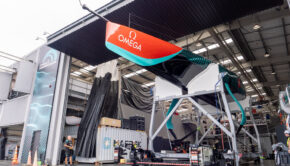
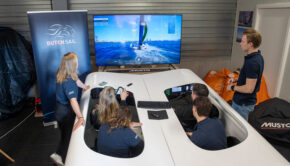
 We’ll keep your information safe.
We’ll keep your information safe.